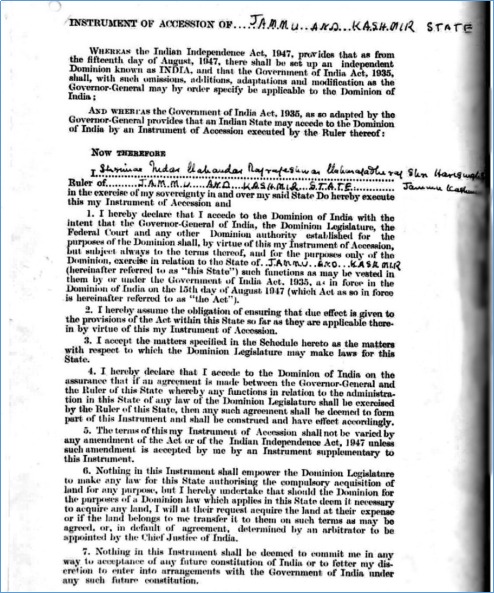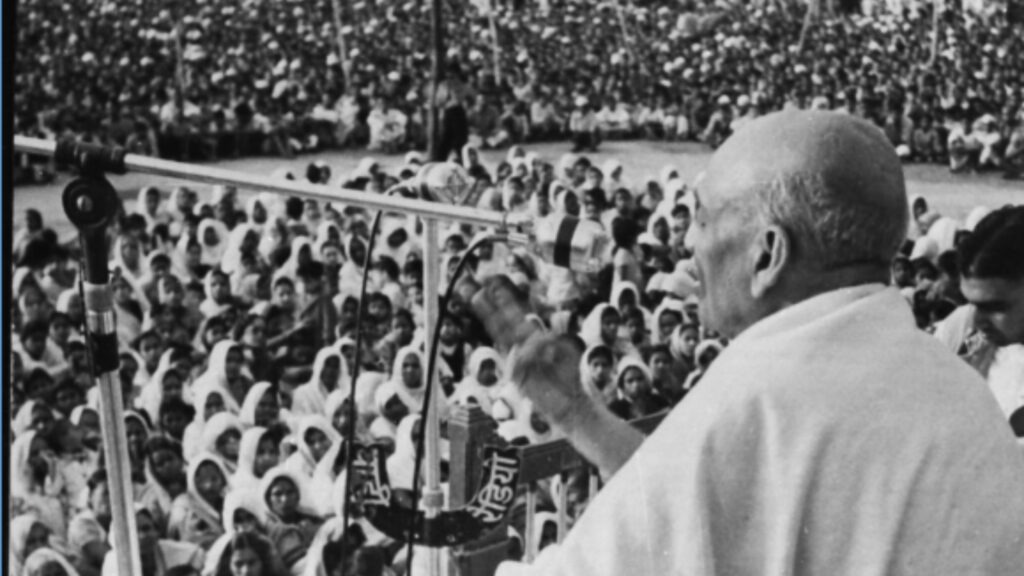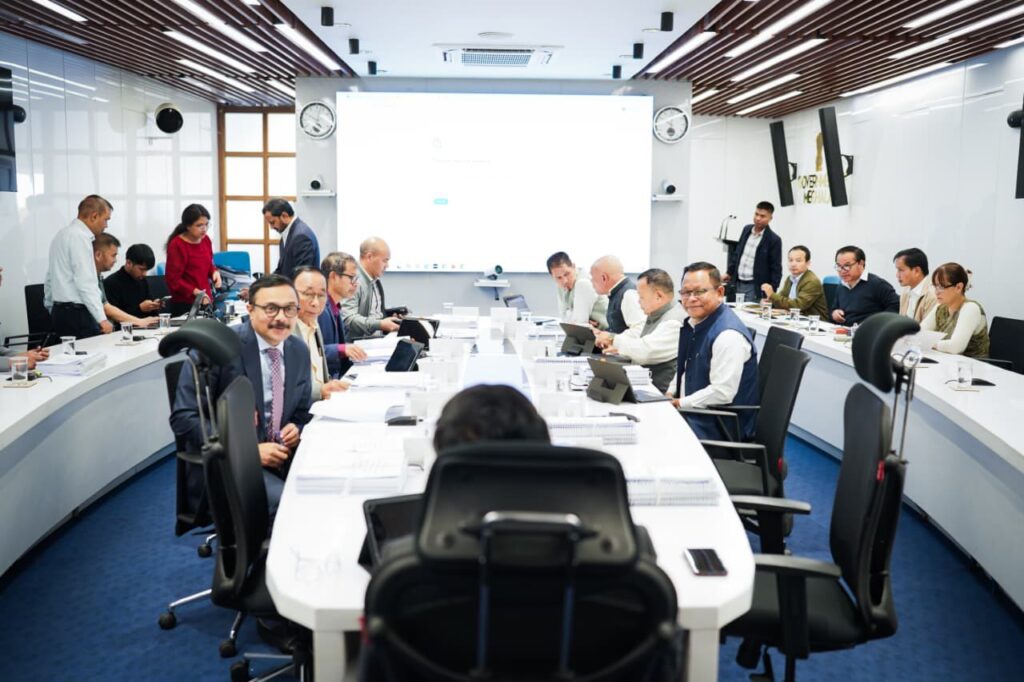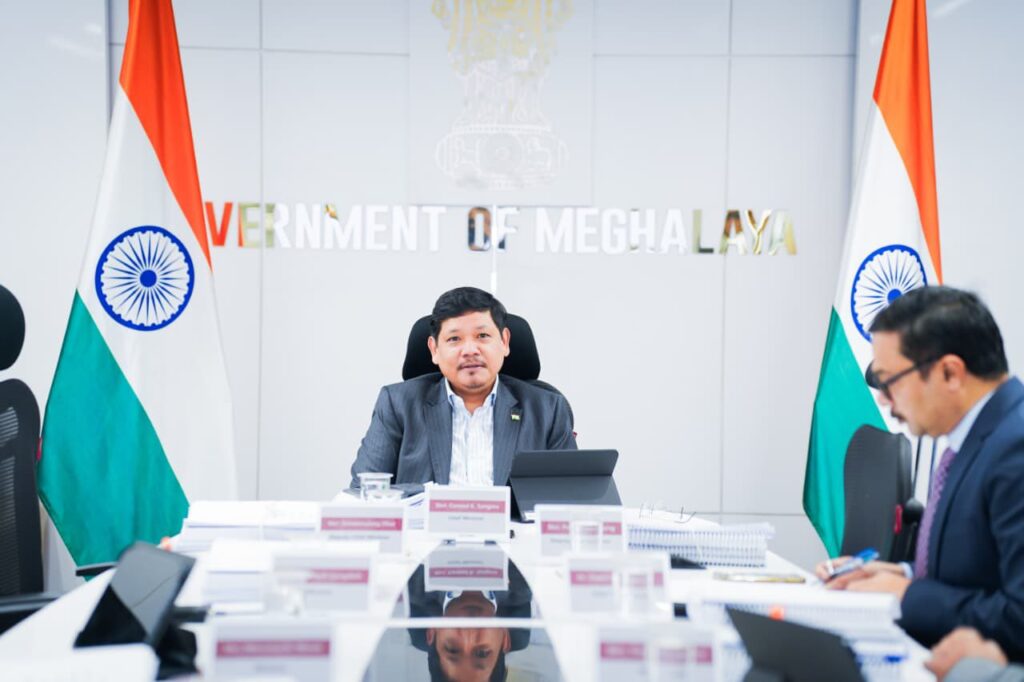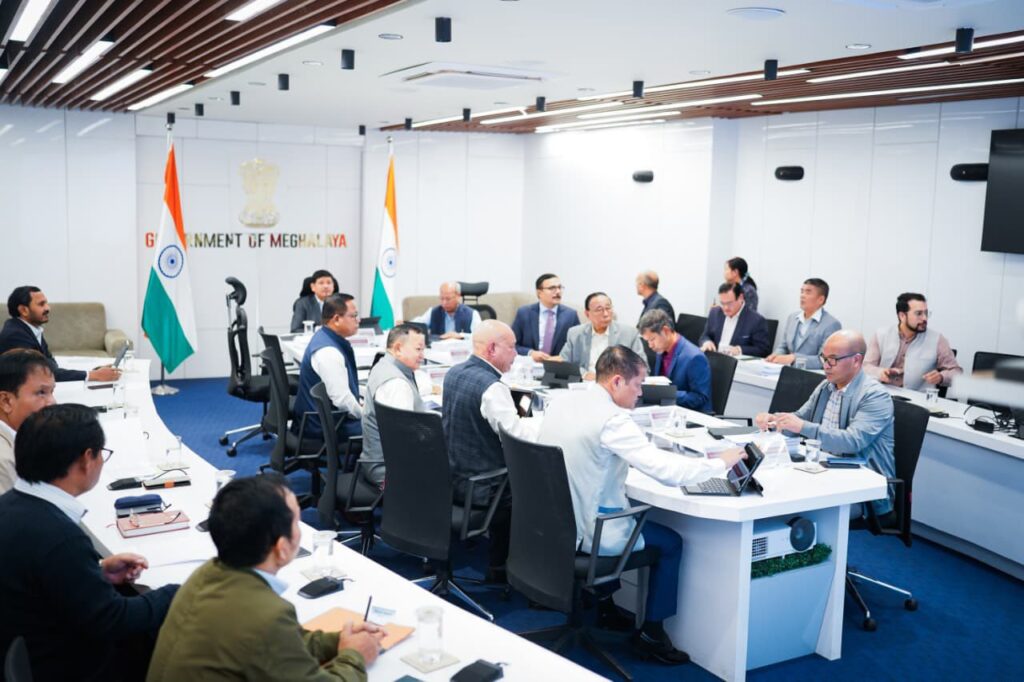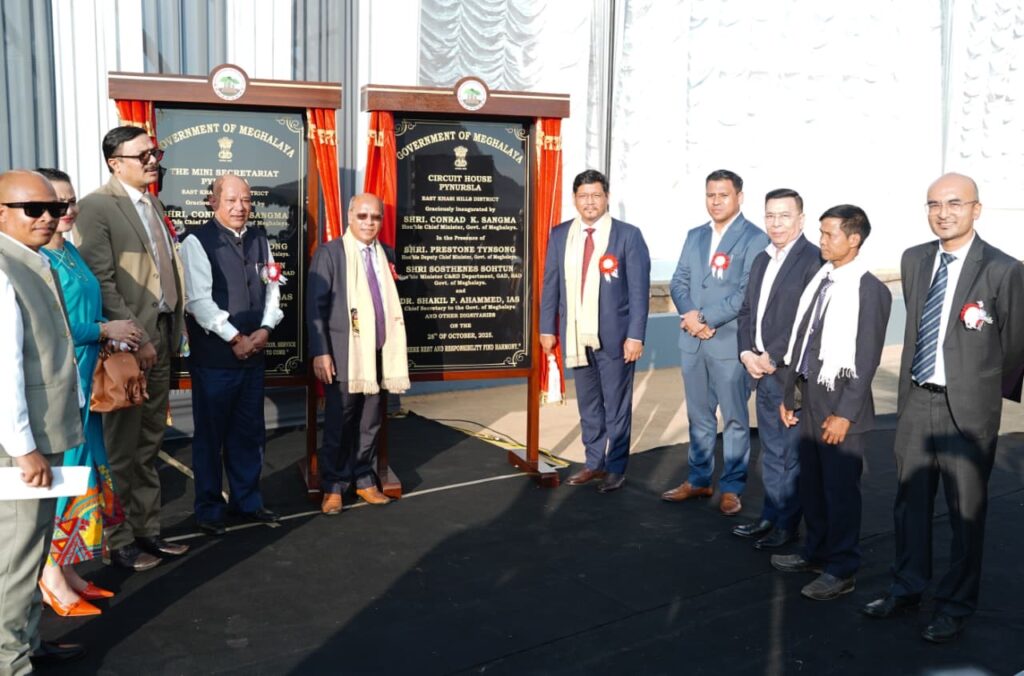The iron will behind India’s unity
When India won independence in 1947, the tricolour was hoisted across the land, but the idea of “one India” was still fragile. The subcontinent was a patchwork of territories: British India on one hand, and over 560 princely states, each with its own ruler, army and ambition, on the other. The dream of a single, democratic Republic was far from guaranteed.
It was at this historical juncture that Sardar Vallabhbhai Patel, then India’s Deputy Prime Minister and Home Minister, emerged as the architect of national integration. Patel’s firm resolve, coupled with diplomacy and foresight, brought those disparate entities into the fold of one nation.
“The inspiration of unity that guided Patel’s work remains the bedrock of modern India,” says historian Rajmohan Gandhi. “His realism, more than any idealism, held the country together.”
The mission of integration
Armed with conviction and political acumen, Patel and his secretary V.P. Menon worked tirelessly to persuade the princes to accede to India. Using the Instrument of Accession as a legal tool, Patel appealed to their sense of responsibility and destiny.
(Instrument of Accession)
By mid-1949, almost all the princely states—barring a few complex cases like Hyderabad, Junagadh and Kashmir—had joined the Union. In Patel’s own words, “Every Indian should now forget that he is a Rajput, a Sikh or a Jat. He must remember that he is an Indian.”
This was not merely political negotiation, it was the first exercise in statecraft of independent India, one that defined its map, spirit and administrative unity.
From unifier to nation-builder
Patel’s influence extended beyond integration. As the first Home Minister, he oversaw the creation of the Indian Administrative Service (IAS) and the Indian Police Service (IPS), envisioning them as institutions that would bind the country through efficient governance. His vision gave India a steel frame that has endured for over seven decades.
“India’s unity was not achieved through force, but through trust,” Patel once remarked. It remains one of the most enduring truths of his political philosophy.
The enduring meaning of Ekta Diwas
Recognising Patel’s unparalleled contribution, the Government of India in 2014 declared October 31 as Rashtriya Ekta Diwas (National Unity Day). The day is now marked by Unity Runs, public pledges and the grand Ekta Parade, symbolic of India’s collective will to stay united.
As India commemorates the 150th birth anniversary of Sardar Patel this year, his relevance is sharper than ever. In an age of political polarisation and cultural complexity, Patel’s example reminds us that unity is not a slogan, but a sustained civic duty.
The legacy renewed
Seventy-eight years after Independence, India’s internal unity still demands nurturing. Regional aspirations, social fault lines, and linguistic divisions often test the strength of the federal fabric. But Patel’s spirit endures, in every consensus, every collective effort to build a better India.
His message echoes across decades: “Manpower without unity is not a strength unless it is harmonised and united properly.”
That, in essence, remains the cornerstone of the nation he helped create.
